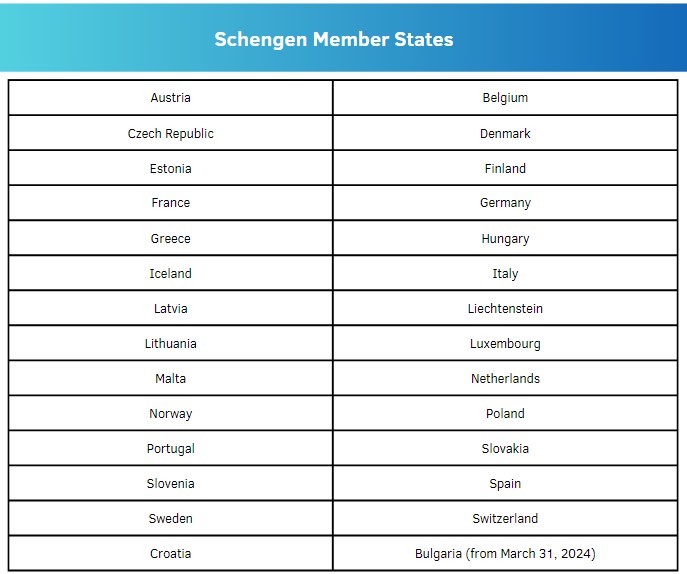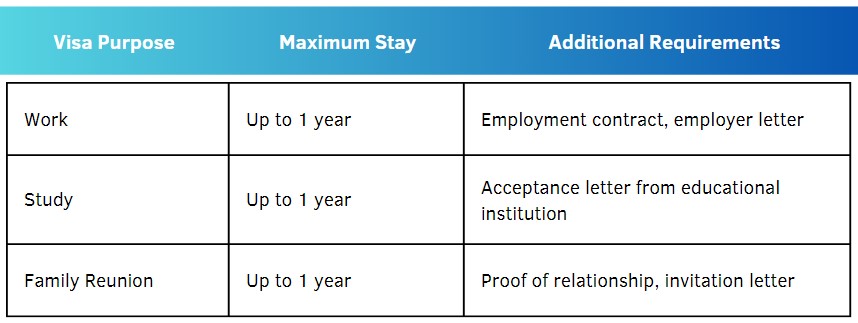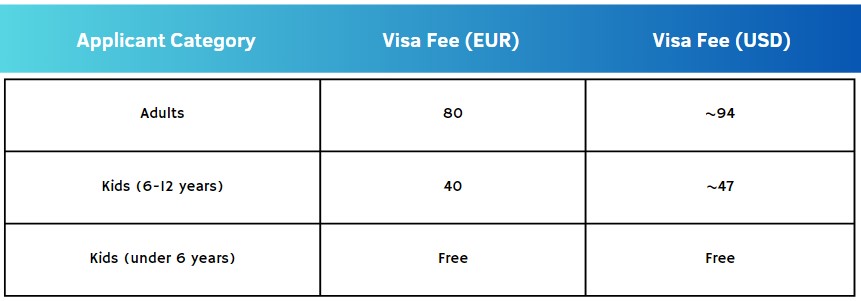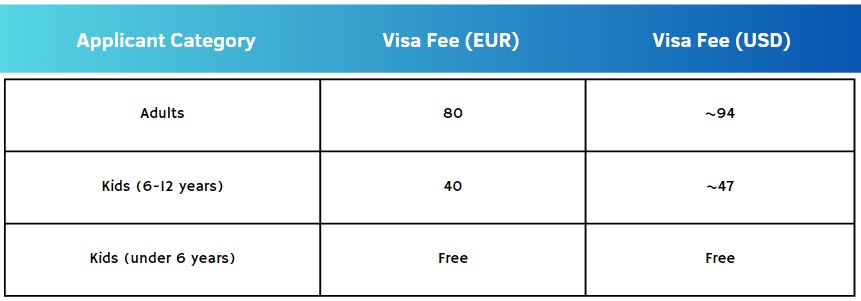--------- Embarking on a European Adventure: Schengen Visa Requirements Decoded
Aug 15, 2024
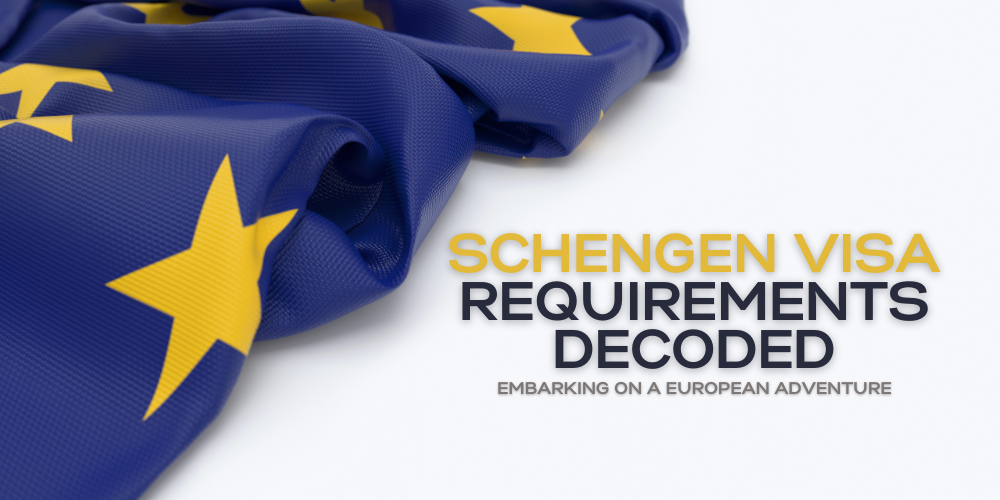
Getting the Lowdown on Schengen Visas
What's the Deal with Schengen Evaluation?
So, you wanna know about the Schengen Evaluation? It's like a big test for countries that want to join the Schengen Area. This test checks if a country can handle the Schengen rules, which cover stuff like border control, giving out visas, keeping data safe, and working with the police. If a country passes, all the current Schengen countries have to give a thumbs-up for them to join the no-border club.
Take Bulgaria and Romania, for instance. They aced the Schengen test as per their Treaties of Accession. They did everything needed to follow the Schengen rules. On December 30, 2023, the Council gave them the green light to join the Schengen Area. Starting March 31, 2024, you won't need to show your passport when flying or sailing between Bulgaria, Romania, and other Schengen countries.
Joining the Schengen Area is a big win. It makes life easier for people and businesses by making travel and trade a breeze. This area is a key part of the European Union and its single market.
Who's in the Schengen Club?
The Schengen Area is like a big European party where countries have ditched internal border checks so folks can move around freely. As of January 1, 2023, Croatia became the 27th member of this club. And soon, Bulgaria and Romania will join the no-border fun on March 31, 2024.
Here's the current lineup of Schengen Member States:
Wanna know more about the Schengen countries? Check out our page on Schengen visa countries.
Knowing why the Schengen Evaluation matters and who's in the club helps travelers get a grip on the Schengen Visa's perks and requirements. Need more info on how to apply?
Schengen Visa Requirements
Planning a trip to Europe? Let's break down the essentials of the Schengen visa. There are two main types: the Short-Stay Schengen Visa and the National Category D Visa.
Short-Stay Schengen Visa
The Short-Stay Schengen Visa, or type C visa, is for those who want to stay in the Schengen Area for less than 90 days within a 180-day period. Perfect for tourists, business trips, or visiting family and friends.
Types of Short-Stay Schengen Visas:
- Single-Entry Visa: One entry into the Schengen Area. Leave once, and it's done.
- Double-Entry Visa: Two entries. After the second exit, it's over.
- Multiple-Entry Visa: Come and go as you please within the visa's validity.

National Category D Visas
The National Category D Visa, or long-stay visa, is for those planning to stay in a Schengen country for more than 90 days, up to a year. This is usually for work, study, or family reunification.
Types of National Category D Visas:
- Work Visa: For those with a job in a Schengen country.
- Student Visa: For students enrolled in schools within the Schengen Area.
- Family Reunion Visa: For joining family members living in the Schengen zone.
With a National Category D Visa, you can also travel freely within the Schengen Area for up to 90 days within a 180-day period, as long as your visa is valid (Federal Foreign Office).
Requirements vary based on why you're staying. Students need an acceptance letter, employees need a letter from their employer, and minors need extra documents like a birth certificate and parental authorization (AXA Schengen).
For more details on the application process and timelines, check out our section on the Schengen visa application process and timeline.
Getting a Schengen Visa
Applying for a Schengen Visa might seem like a maze, but breaking it down makes it a breeze. Here's how to get started and what to expect.
Steps and Timing
First things first, you need to know when to apply. Submit your application at least 15 days before your trip and no more than 6 months ahead (European Commission - Home Affairs). Usually, it takes up to 15 days to process, but sometimes it can stretch to 45 days.
- Fill Out the Form: Grab the Schengen Visa application form online and fill it out carefully. Need help? Check out our guide.
- Collect Your Documents: You'll need a valid passport, recent photos, your travel plans, proof of where you'll stay, financial proof, and travel insurance.
- Book an Appointment: Set up a time to visit the consulate or a visa service center.
- Show Up: At your appointment, you'll hand in your application, give biometric data, and maybe have an interview.
- Wait for Approval: After you submit everything, just wait for the processing to finish.
Fees and Service Centers
As of February 3rd, 2020, the fees for a type C Schengen Visa went up. The cost depends on your age and situation. If you use a visa service center, expect to pay extra.
- Fee Waivers: Some folks, like family members of EU or EEA citizens, might not have to pay.
- Service Centers: These centers might charge extra for their help. Find one near you on our service centers page.
Travel and Medical Insurance
You'll need insurance that covers the whole Schengen Area with at least €30,000 (about $35,000) for accidents, illnesses, emergency treatments, and repatriation if needed. AXA has plans starting at €22 per week.
Personal Touch
When I applied for my Schengen Visa, I was overwhelmed at first. But breaking it down step-by-step made it manageable. I remember stressing over the insurance part but finding a good plan was easier than I thought. Just make sure you have everything ready, and you'll be exploring Europe in no time!
Extra Schengen Visa Info
Getting the hang of Schengen visa rules can make your travel plans a breeze. Here's the lowdown on the types of visas, entry rules, money matters, and insurance needs.
Visa Types and Entry Rules
Schengen visas come in a few flavors, each for different trips and entry levels. The short-stay Schengen visa, or type C visa, lets you hang out or roam around the Schengen area for up to 90 days in a 180-day stretch. You can get this visa as a single-entry, double-entry, or multiple-entry, depending on your trip's purpose.
If you're planning to stay longer than 90 days, you'll need the national visa, or type D long-stay Schengen visa. This one's for folks looking to study, work, or live in a Schengen country for up to a year.
Remember, Schengen visa holders can stay up to 90 days in a 180-day period, as long as the visa is valid. But, you might need separate visas for non-Schengen EU countries.
Money Matters and Insurance Needs
When applying for a Schengen visa, you gotta show you can support yourself during your stay. Each Schengen country has its own rules, but generally, you should have around €50 per day, not counting accommodation.
Besides financial proof, you need travel and medical insurance that ticks certain boxes. The insurance should cover the whole Schengen Area and include accidents, illnesses, emergency treatments, and repatriation if you kick the bucket. The minimum coverage is €30,000 (about $35,000). AXA offers Schengen Visa-compliant insurance policies starting from €22 per week of the trip.
For more details on the application process and timeline, check out our guide on the Schengen visa application form. Knowing these requirements will make your application smoother and your European trip more fun.
Recent Articles
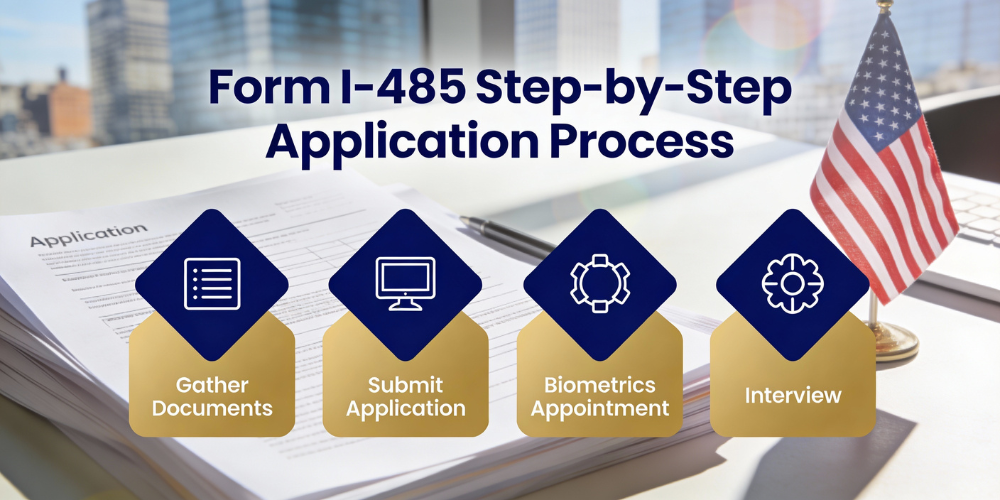
Form I-485 Explained: Adjustment of Status for Asylum and Refugee Applicants
Form I-485, Application to Register Permanent Residence or Adjust Status, is the statutory mechanism
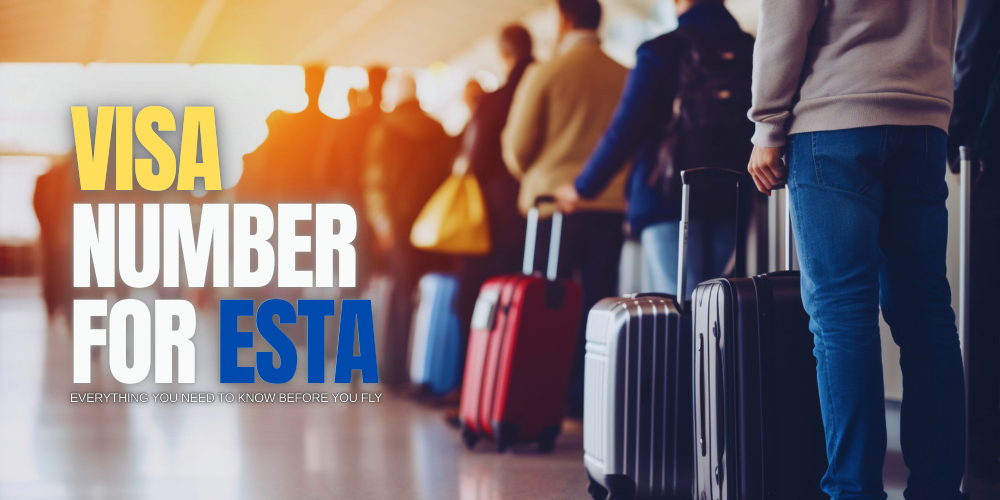
Visa Number for ESTA: Everything You Need to Know Before You Fly
If you’ve ever tried to check in online for a U.S.-bound flight and been met with that dreaded box

I-94 Record Guide 2025: How to Get, Retrieve, and Fix Your Arrival/Departure Record
If U.S. immigration were a novel, the I-94 would be the quiet supporting character who turns out to

H-1B to H-4 Change of Status: The Complete 2025 Guide (Processing Times, Requirements & EAD Eligibility)
Transitioning from H-1B to H-4 status isn’t just a bureaucratic shuffle—it’s a strategic shift
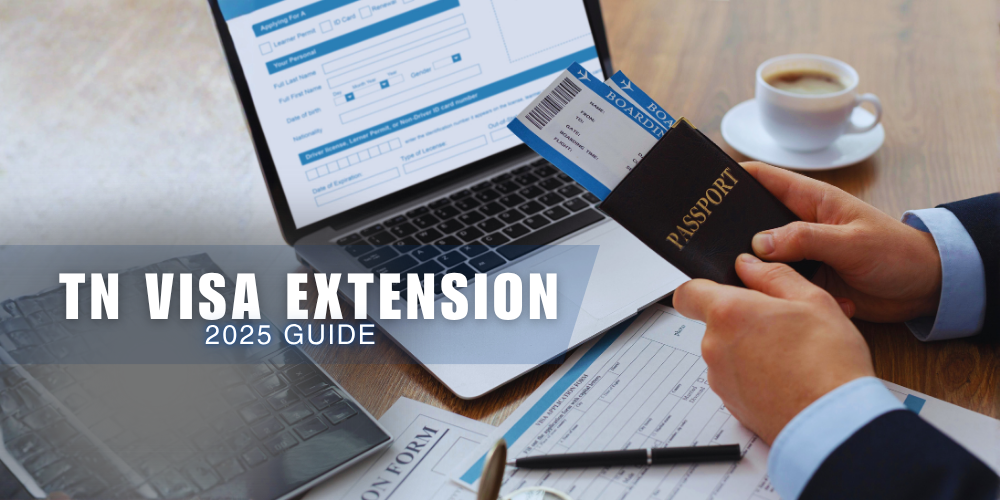
How Long Does a TN Visa Extension Take in 2025?
Time — it’s the one thing every TN professional learns to respect. Whether you’re an engi
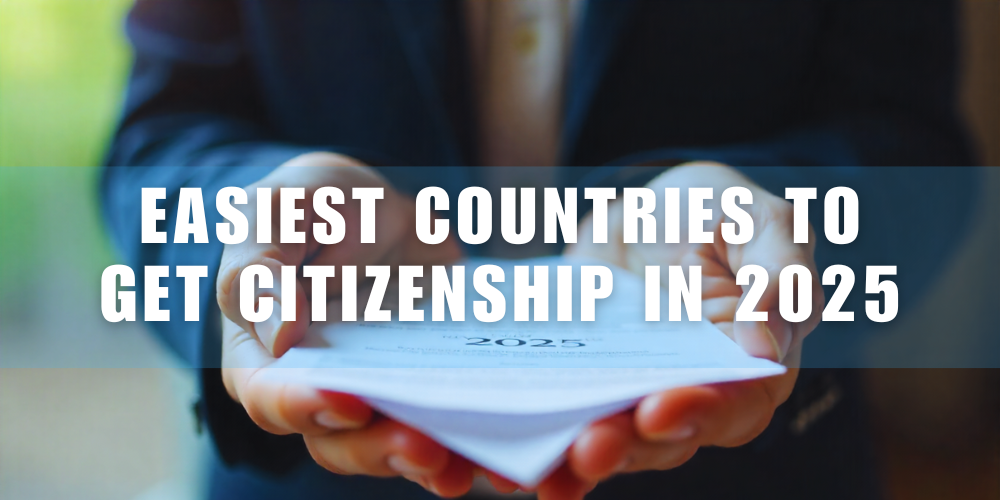
The Easiest Countries to Get Citizenship in 2025: Fast Tracks, Smart Moves, and Hidden Shortcuts
In 2025, the idea of belonging to just one nation feels almost quaint. As the world continues to shr
Read More

Form I-485 Explained: Adjustment of Status for Asylum and Refugee Applicants

Visa Number for ESTA: Everything You Need to Know Before You Fly

I-94 Record Guide 2025: How to Get, Retrieve, and Fix Your Arrival/Departure Record

H-1B to H-4 Change of Status: The Complete 2025 Guide (Processing Times, Requirements & EAD Eligibility)

How Long Does a TN Visa Extension Take in 2025?

The Easiest Countries to Get Citizenship in 2025: Fast Tracks, Smart Moves, and Hidden Shortcuts

Welcome to the VisaTravel blog. We know that navigating the maze of visa applications and online forms can be as tricky as choosing the perfect travel playlist (which is all we want you worrying about anyway).
Throughout our years of experience, though, we’ve uncovered a mountain of knowledge which, via this blog, we’re sharing with you! Whether you're diving into the world of travel visas, wondering about the ESTA online hustle, or just trying to figure out the DS160 form, think of us as your online concierge, here to make the process easy and most of all, clear.
At this point in our global context, who has time for endless paperwork and confusing legal jargon? No one. That's why we're all about spilling the tea on online visa hacks, easier-to-work-with DS160 forms, and giving you tips on everything from tourist visas to immigration, to that last-minute ESTA online adventure.
So, just plug in a word you’re curious about on the search bar, and boom. We've got the tips, tricks, and insider info to help you (and anyone else you may be traveling with) get to your travel destination with the confidence of a seasoned traveler.
Now go explore!
 U.S. Visa
U.S. Visa
 Canada eTA
Canada eTA
 Schengen Visa
Schengen Visa
 New Zealand eTA
New Zealand eTA
 United Kingdom eTA
United Kingdom eTA
 Australia eVisitor
Australia eVisitor
 Vietnam eVisa
Vietnam eVisa
 Egypt eVisa
Egypt eVisa
 Singapore Arrival Card
Singapore Arrival Card
 Sri Lanka eVisa
Sri Lanka eVisa



